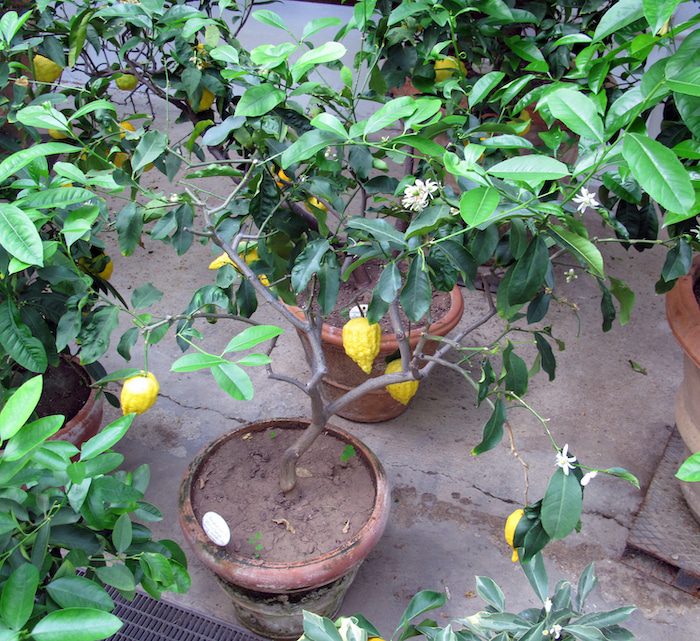Have you ever come across a unique fruit with a distinct shape and a captivating aroma, known as the citron? This citrus fruit is an indispensable item for observing of the Jewish holiday of Sukkot. Judaism calls the citron an esrog, or etrog. In this post, we delve into the origin of the citron as an esrog, and learn about the different types of citron for Sukkot.

What’s a Citron?
The citron is a citrus fruit, one of the original citrus species from which all other citrus fruits descended. It has a thick, bumpy rind and a relatively small amount of flesh compared to its larger counterparts like oranges and grapefruits. The fruit itself is typically large and oblong in shape, with a vibrant yellow color.
Known for its intense aroma and flavor, citron adds a distinctive taste to various dishes and desserts. It is also rich in essential oils, making it a popular ingredient in perfumes and fragrances.
What’s an Esrog?

The lulav and esrog are iconic symbols for Sukkot. Commonly known as the four species, or arbah minim in Hebrew, the lulav consists of myrtle and willow branches bound together with a palm branch. The fourth component is the esrog, or the citron.
Whereas the Torah specifies three types of plants for the lulav (palm, myrtle, willow leaves), it doesn’t mention by name what kind of fruit is used for the fourth item. The verse states:
‘…You shall take for yourselves on the first day the fruit of a beautiful tree, fronds of date palms, branches of a cordlike tree, and brook willows…’
Apparently, the identity of the fruit as a citron was passed down through the ages. The Torah commentator Rashi has insightful comments on the identity of the esrog.
How Do We Know the Esrog is a Citron?
In Hebrew, fruit of a tree is called pri ha eitz, literally meaning fruit of the tree. In the above verse, the word ha, which means the, is missing. Rashi says this hints at a similarity between fruit and tree, ie, that the tree tastes like its fruit. This is the citron.
Again, with another look at Hebrew in the verse, Rashi says the esrog is the citron. In Hebrew, beautiful tree is an ‘eitz hadar’. Rashi points out that the word ‘hadar’, when vowelized differently, has a different meaning. Instead of reading the fruit of a beautiful tree, the meaning changes to the fruit of a tree that dwells on its tree. Surprisingly, a citron may stay on a tree for up to three years.
Types of Citron, or Esrog, for Sukkot
Calabria Citron, the Most Popular Esrog for Sukkot

The Calabria citron, also known as the Diamante citron, is a rare and prized citron variety that grows in the Calabria region of Italy. Named after the town of Diamante, this citron is large and has a thick, knobbly skin with a strong, aromatic fragrance. The Calabria citron is the one most used for Sukkot.
Yemenite Citron, the Largest Esrog

Originally grown in Yemen, Yemenite citrons for Sukkot are now cultivated in Israel. This citron has no pulp and it is the largest type of esrog. The Yemenite citron tree itself is also larger than other types of citron trees.
Moroccan Citron, a Sweet Esrog

Native to Morocco, the pulp of the Moroccan citron is low in acid giving it a sweet taste. Also known as the Assads citron, from where it is grown, it has a thick peel and fragrant fruit.
Florentine Citron, Not a True Citron

Some varieties of citron are hybrids. An example is the Florentine citron from Italy. Because this fruit is a combination of a lemon and a citron, it is not used for Sukkot.
Judaica in Art: The Artistic Design of the Mezuzah
Discover more from Rhonda Roth Art
Subscribe to get the latest posts sent to your email.